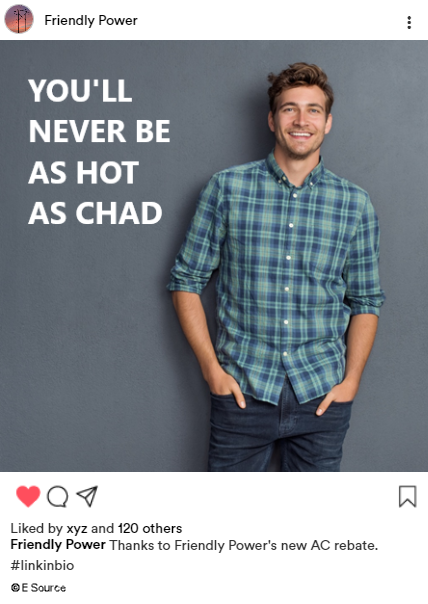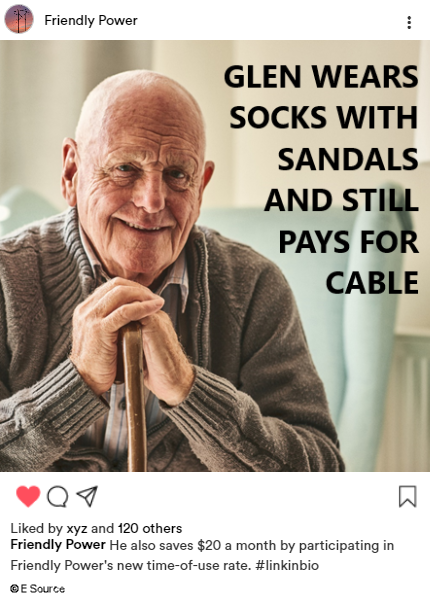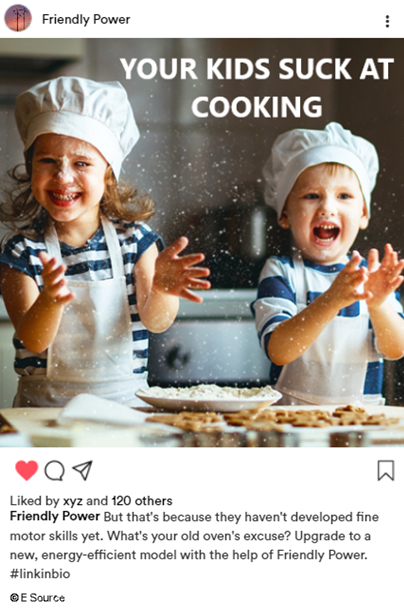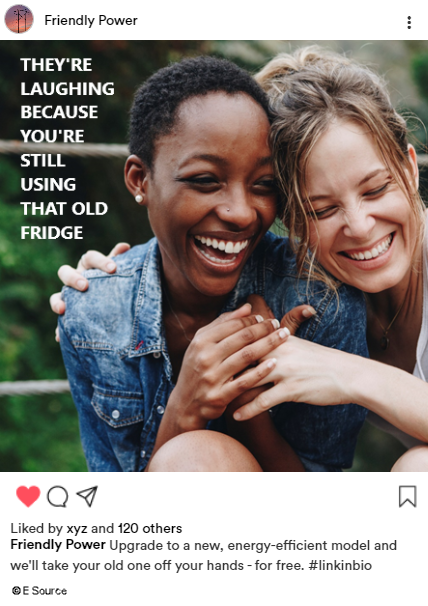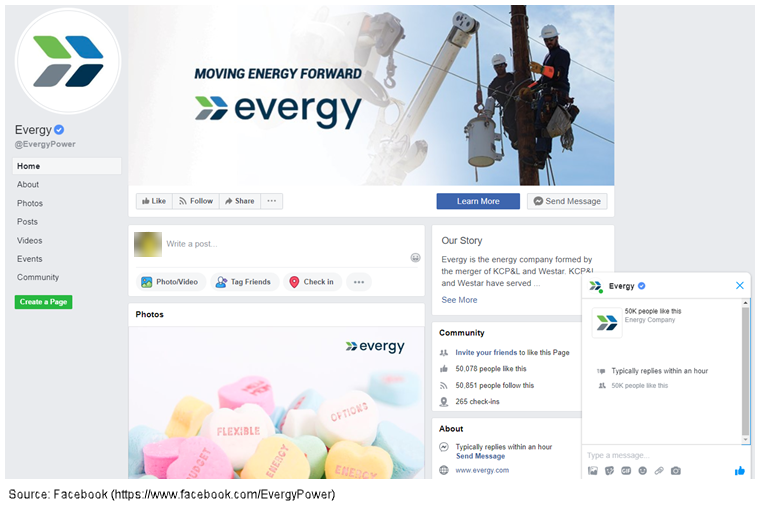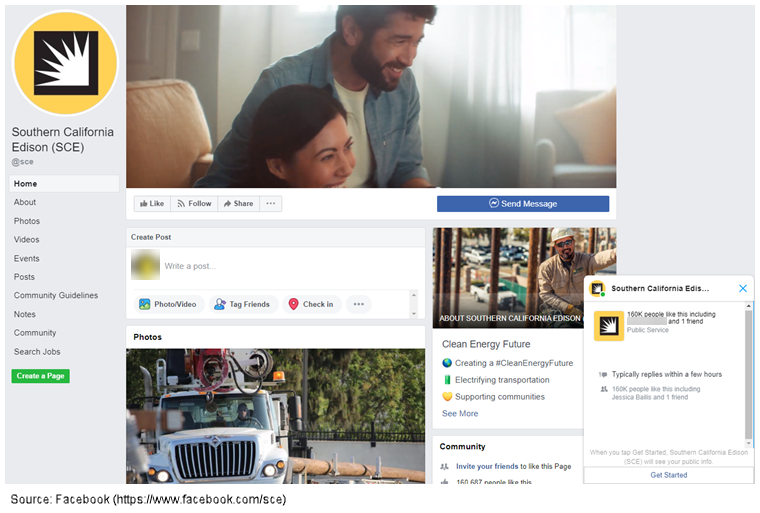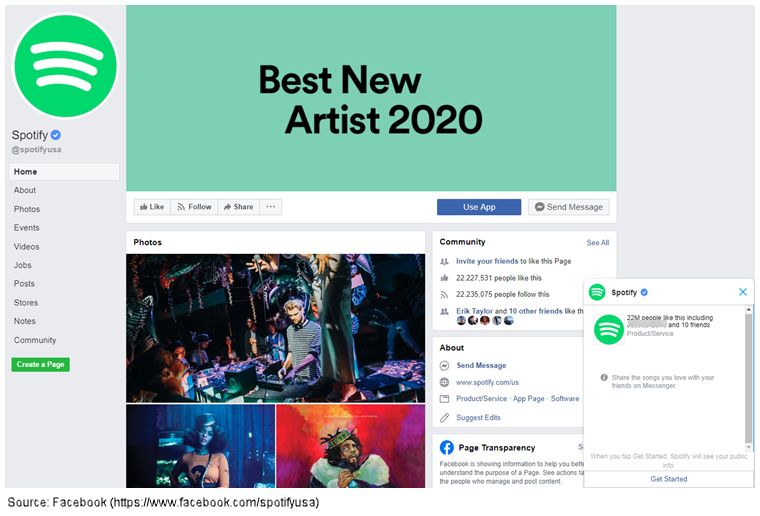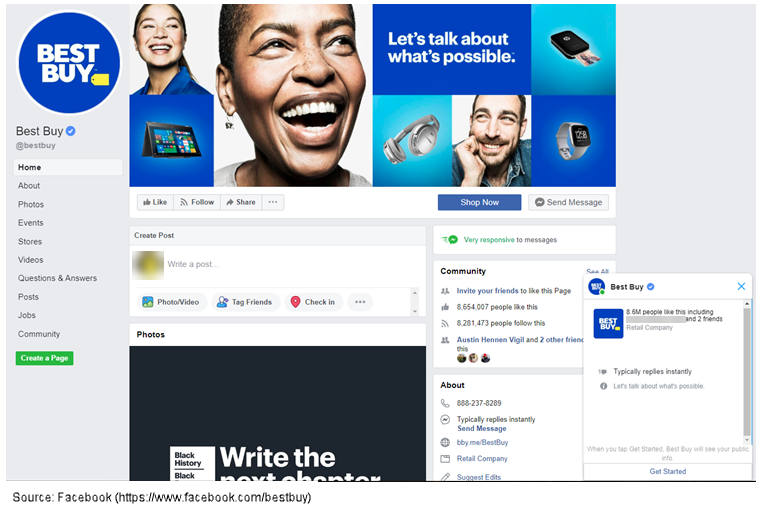Contents
If you want to remain relevant and engage with your customers on social media platforms, you have to keep up with social media trends.
But we know that’s a daunting task. So we did the work for you.
In this report, we identify the top five social trends for 2020 to help you stay ahead of the curve all year long. We include examples of great content from utilities and nonutilities to inspire you to integrate these trends into your own social media content strategy.
Trend 1: Humanize your brand
Your utility is made up of people, not poles, wires, bottom lines, and rate structures. Your social media content strategy should show your human side. According to the Forbes article Three Social Media Marketing Trends To Watch In 2020, “If you want to connect with consumers, then you need to humanize your brand and create relationships beyond your products and services.” Be funny, be quirky. Replace utility jargon with lighthearted posts and memes to make your content more approachable and sharable (figures 1 and 2).
Figure 1: Post lighthearted content to bond with your customers
Figure 2: Use memes to show your wit and boost shares
Trend 2: Interact with customers
Use social media as a conversation starter, not as a loudspeaker. Reply to and repost customers’ comments; interact with them to create trust and cultivate authentic engagement that goes beyond the obligatory like (figure 3). Metrics such as engagement rate and engagement quality are becoming more important because they represent real human connections, according to Entrepreneur magazine’s article 12 Social Media Trends to Watch in 2020.
Figure 3: Respond to customers and amplify their posts
Trend 3: Post Stories
Instagram Stories generate around 300 million daily views, according to the Influencer Marketing Hub article 11 Instagram Stories Hacks You Need to Know. Stories may be available for just 24 hours, but they reach a larger audience and drive higher engagement than traditional posts. And you can save them to your profile for customers to watch anytime. The Business Insider article The Stories Slide Deck: How Stories stack up across social platforms says Stories afford companies more ad opportunities and create immersive user experiences.
On the Hawaiian Electric Co. Instagram page, the utility uses Stories to welcome new employees and inform customers about new technologies. ComEd has an extensive library of Instagram Stories. On the ComEd Instagram page, the utility promotes its many products and services. The Efficiency Vermont Instagram page features Stories that encourage efficiency-minded customers to interact with the organization.
On the nonutility side, sports retailer REI posts Instagram Stories to give gift ideas, spread climate awareness, and answer customer questions. Check out REI’s Instagram page for examples. On the Arc’teryx Instagram page, the sportswear and equipment company posts Stories to share its history, adventure content, design process, and event memories. The Banana Republic Instagram page gives style advice and seasonal tips through its Stories.
Trend 4: Feature your employees
Your employees are the reason you’re able to do what you do every day. Feature the faces that make it all possible by celebrating their wins and thanking them for a job well done. Customers will appreciate the human touch and relate to your staff’s stories, further humanizing your brand. Employees function like beacons of trust for your company, according to the webinar How to Prepare for the Future of Customer Engagement from Hootsuite, a leading social media management software company. Figure 4 shows some examples of how utility and nonutility companies are showcasing employees.
Figure 4: Show employees at work
Trend 5: Offer a private communication channel
It can be overwhelming when customers take to social media with their questions. Anticipate your customers’ needs and provide an outlet for their questions by integrating an automatic chatbot on your social media pages. Marketers can reach new customers through public channels and build deeper relationships using private ones like chatbots. Hootsuite’s Social Media Trends 2020 e-book says that a seamless combination of the two is crucial. Many utility and nonutility brands use Facebook chatbots to talk to customers on the platform where they spend the most time (figure 5).
